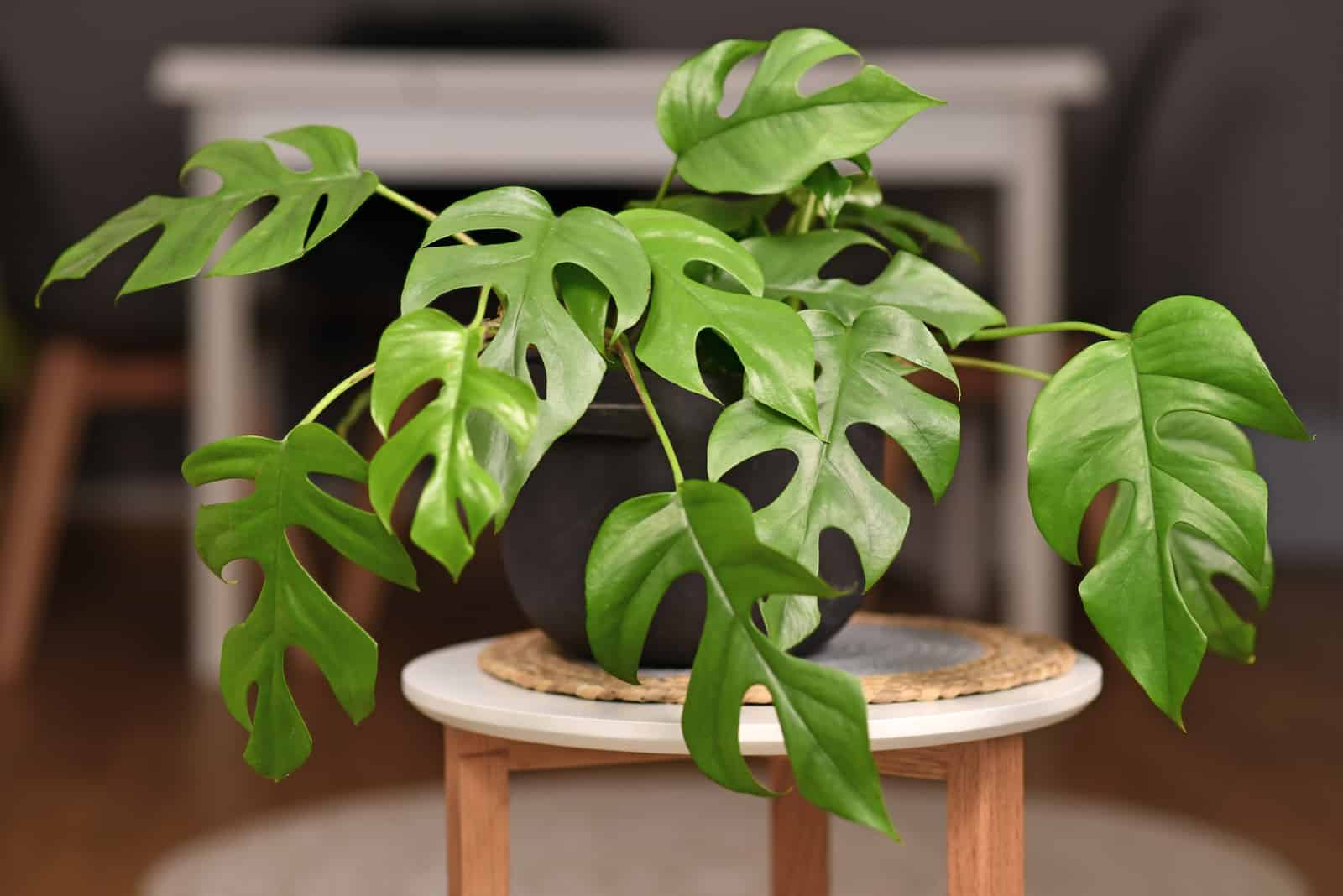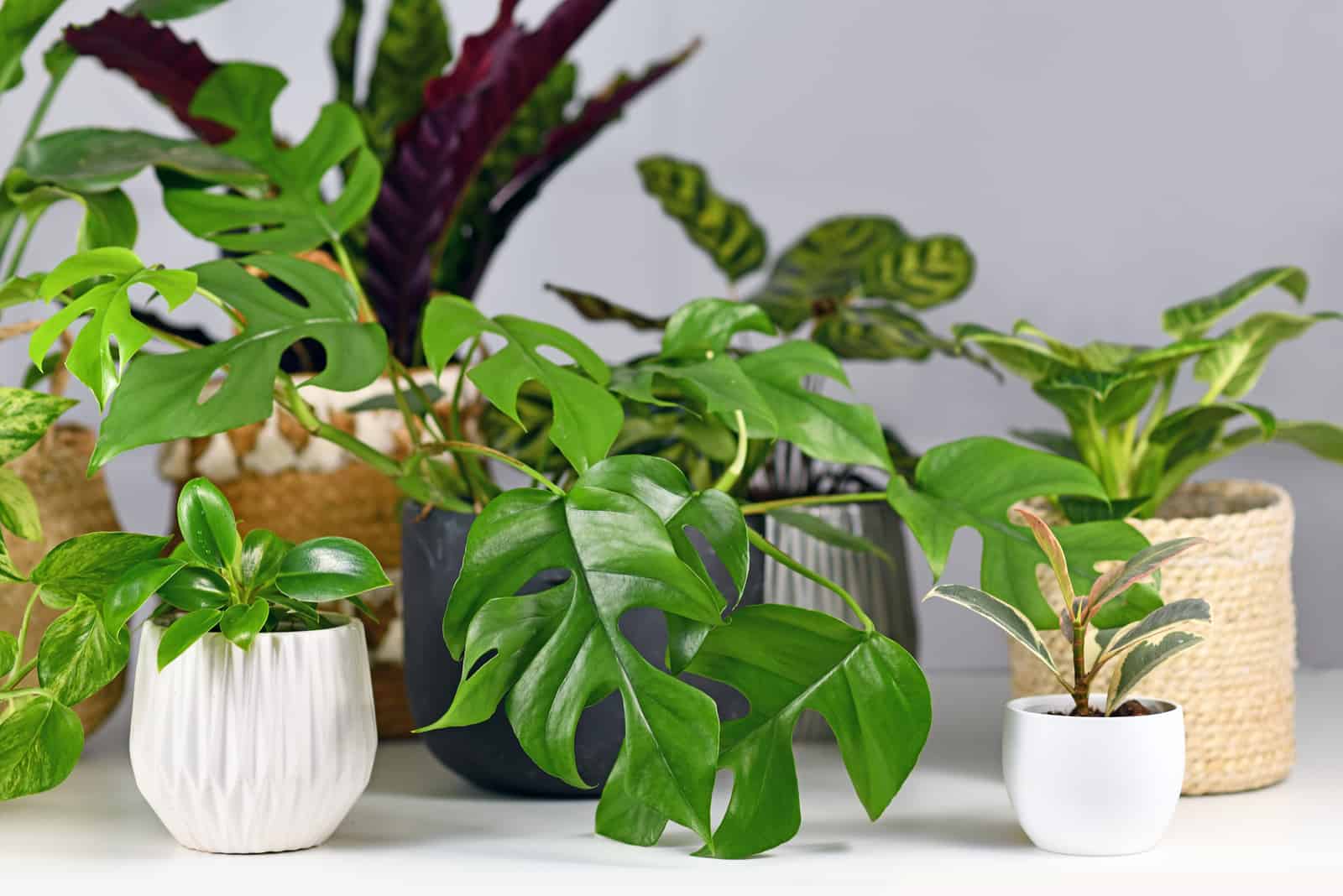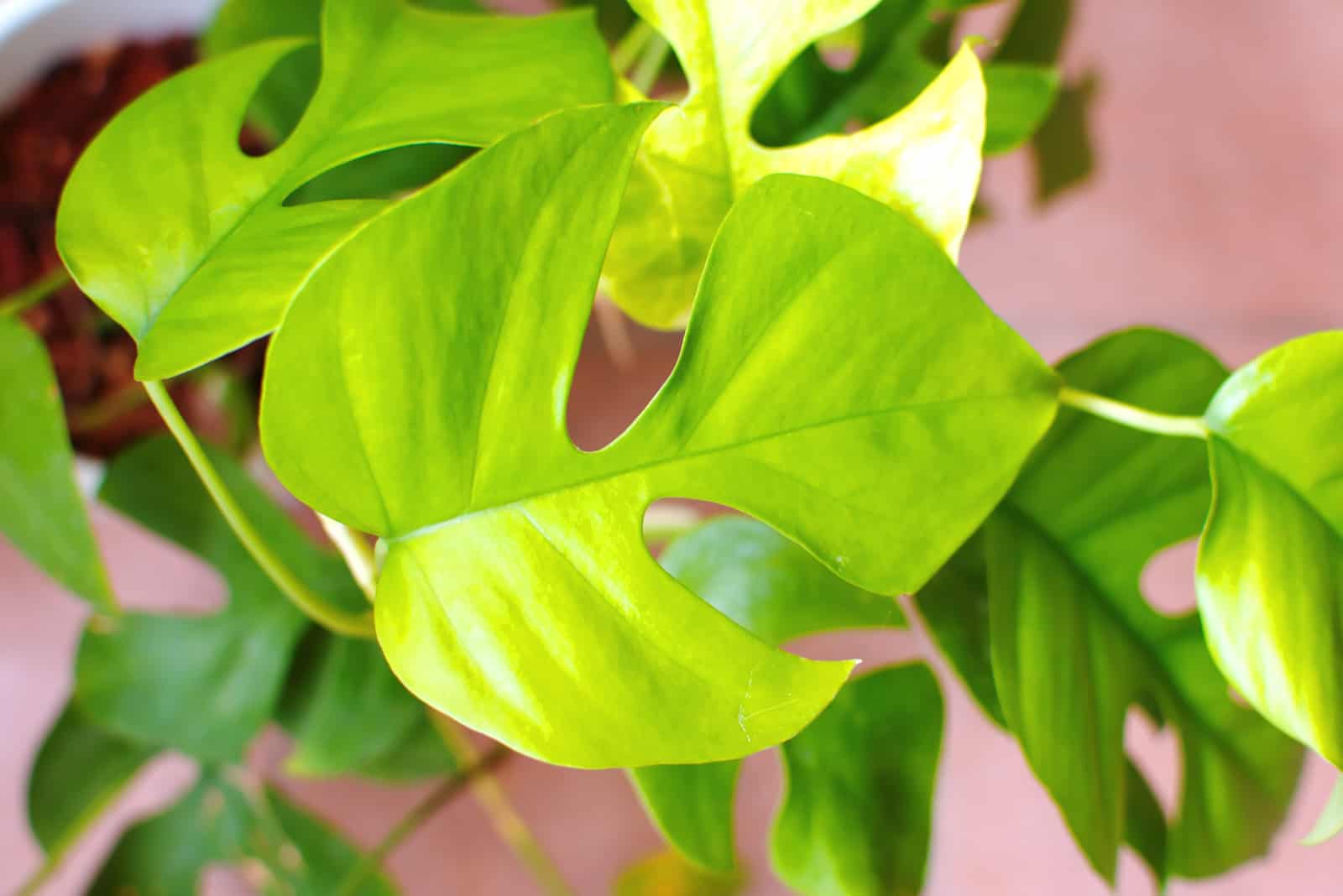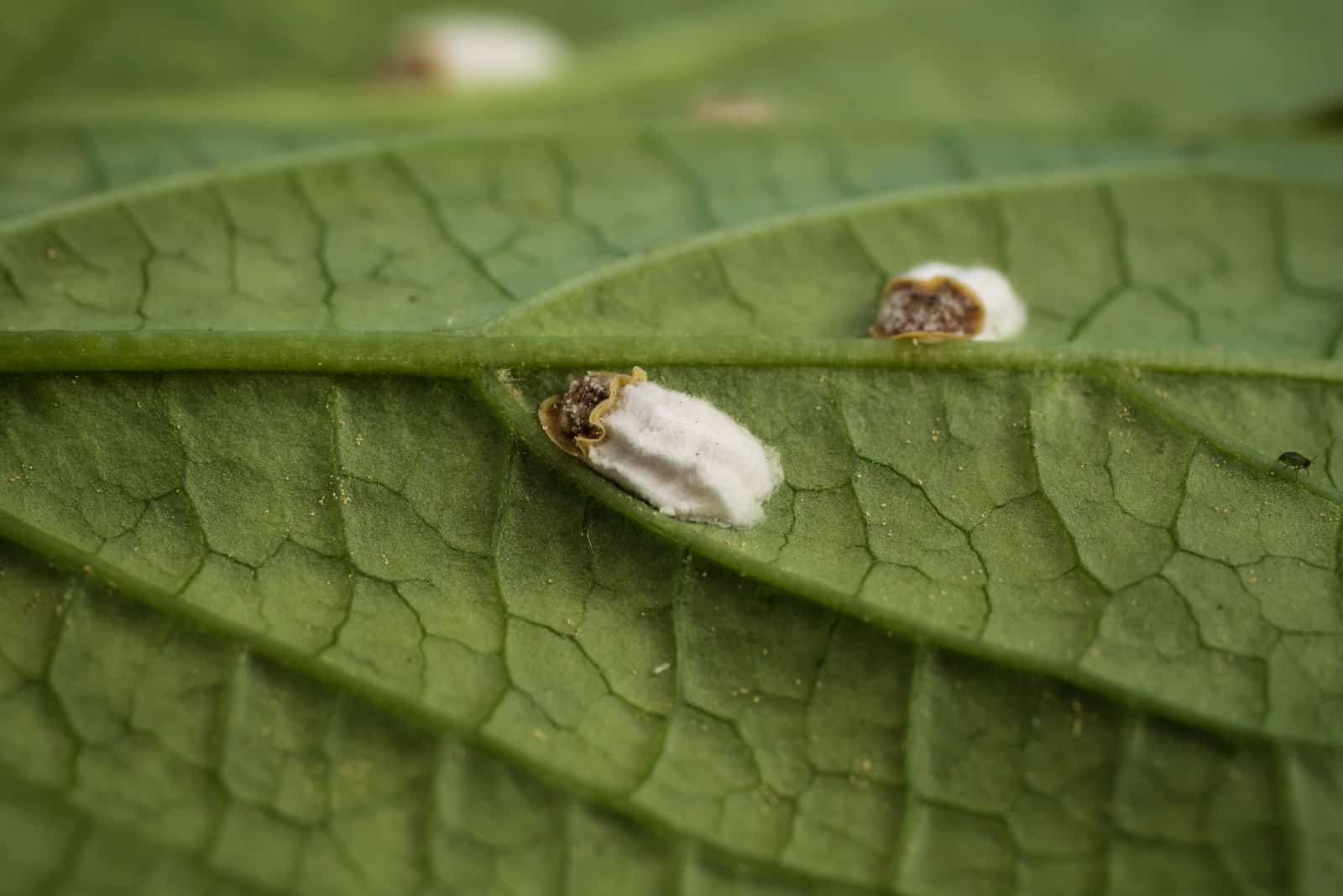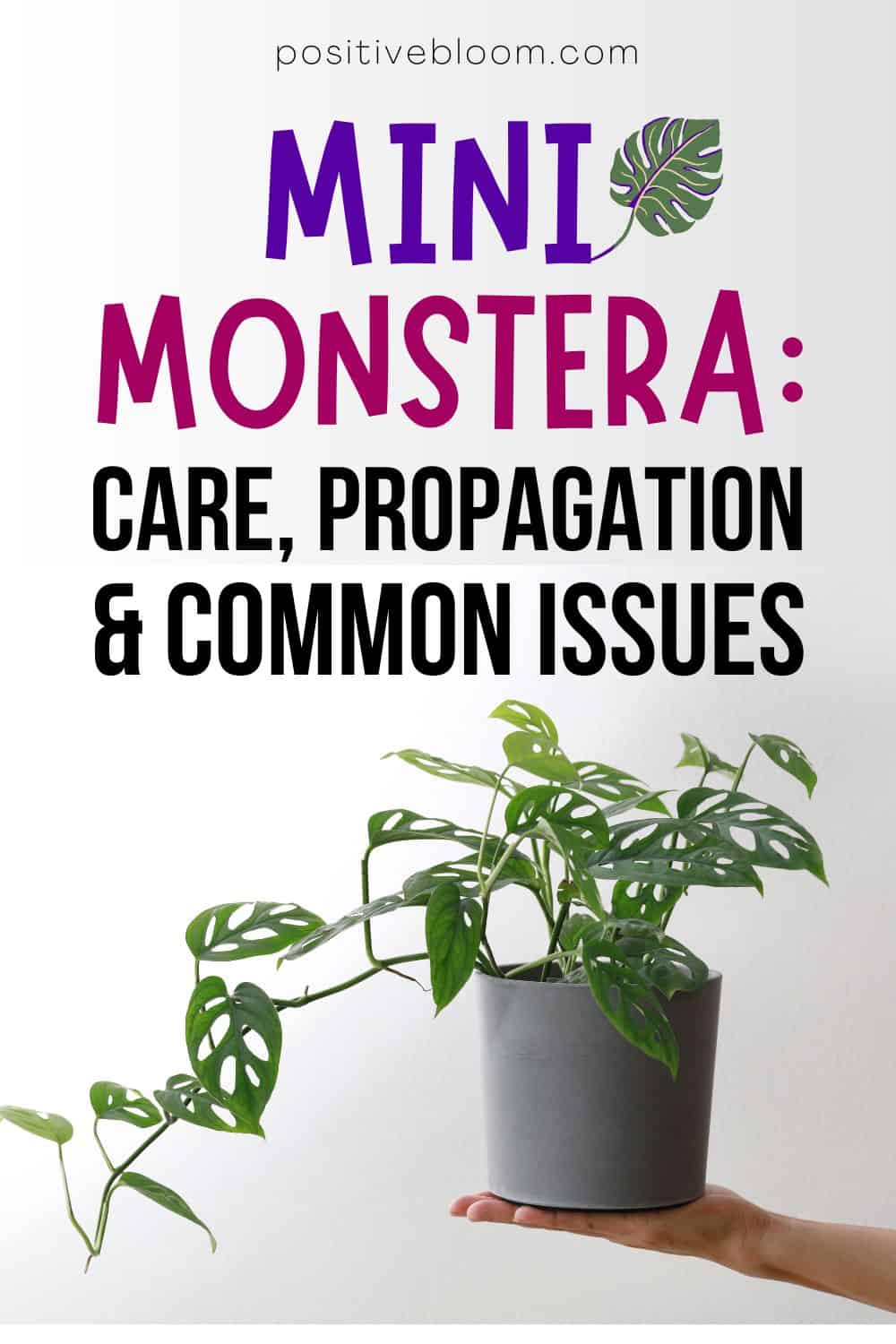You may assume that the Mini Monstera needs everything other Monstera plants need to survive.
This plant is very similar to the Monstera Deliciosa, for example.
In actual fact, the Mini Monstera is actually not a monstera at all! (Shocking, right?).
It is an entirely different plant, and is part of the genus Rhaphidophora.
The only resemblance is the family Monsteras and Mini Monsteras come from, in this case the Araceae family.
It’s worth mentioning that the Mini Monstera is also similar to the Split Leaf Philodendron, but the two have nothing in common apart from the way they look.
Monstera Deliciosa, Split Leaf Philodendron, and Monstera Minima are all great choices for indoor houseplants. Still, they are entirely different and, as such, require different growing conditions.
First, some basic info:
[table id=19 /]Now that you know some basics, let’s move on to essentials for the Monstera Minima, including care tips, propagation, and common issues.
How to Care for the Mini Monstera aka Rhaphidophora Tetrasperma
To avoid any unnecessary complications, it’s essential to take proper care of your Rhaphidophora plant.
The Mini Monstera is also a mini climbing plant. You can support it using trellis or moss poles. If you don’t want to use them, grow the plant in hanging baskets.
Light Conditions
Light levels will have a severe impact on the Rhaphidophora Tetrasperma plant.
Exposing your Mini Monstera to direct sunlight isn’t a good idea. The direct sun could cause damage to the leaves of this beautiful plant.
It may seem like low light would be a good choice, but bright indirect light is the best way to go.
Low light can prevent the plant from growing leaves without fenestrations.
Move your plant away from the window facing the direct sunlight.
Humidity Conditions
This is a tropical plant, so you should do your best to imitate these conditions in your home.
If you live in an arid climate, pay close attention to moisture levels to avoid any complications.
If the humidity level is lower than it should be, you can increase it using a humidifier.
Mist the leaves to help them maintain healthy growth.
You can also increase moisture levels in the pot’s soil by using a pebble tray.
You can make your own pebble tray by filling a tray with water, adding pebbles, and placing the pot over the top of the tray.
Keep the plant away from air conditioners and vents because they dry out the air and reduce humidity levels.
Temperature Conditions
This plant requires higher temperatures due to its native habitat.
It’s essential to keep the temperature over 65°F.
Heat increases moisture requirements, so it’s essential to keep the plant away from any heat sources to avoid stressing this mini climber.
This includes radiators and fireplaces.
It’s also essential to keep the plant away from air conditioners and vents.
This is an indoor plant, so putting it in the right place is very important for helping it thrive.
Watering
The Mini Monstera is native to tropical parts of Asia and Africa, which suggests that the plant needs a lot of water.
However, this plant doesn’t need a lot of water! Bear in mind that excess water can cause damage to its roots.
Keep the potting soil well moisturized and don’t let it dry completely. It’s also very important to prevent waterlogging.
Be very careful not to overwater this plant because it could cause root rot.
Fertilization
To maintain the healthy growth of the Mini Monstera and its leaves, you should fertilize it regularly during the growing season, precisely once a month during spring and summer.
It’s best to stick to a standard fertilizer.
Mini Monstera food should be enriched with calcium, potassium, phosphorus, magnesium, and nitrogen.
Potting Soil Mix
Choosing the right potting soil mix is an essential part of Rhaphidophora Tetrasperma plant care.
The potting mix should include perlite, orchid bark, and coco coir.
Add extra perlite and peat moss to really help your atom plant thrive.
Choose well-draining soil. You can improve drainage by using a pot with drainage holes.Perlite also improves drainage.
The required pH level is about 7 (alkaline pH).
Repotting
Mini Monsteras are fast-growing plants, which means that they will need some repotting from time to time.
The aerial roots will overgrow the nursery pot, which is a sign it needs to be repotted.
If you accidentally overwater your plant, consider purchasing a pot with drainage holes to avoid clogged air spaces in the soil mix.
You can always use the old pot, but be sure to replace the old potting mix with a fresh one to avoid any complications.
Propagation Of Mini Monstera
The great thing about the Mini Monstera plant is that you can propagate it by stem cuttings. The propagation procedure is very similar to the propagation of pothos.
Here are 4 steps for propagating by stem cuttings:
1. Take a clean, sterile knife and cut off a stem. Make sure that it has a couple of nodes.
2. Place the cuttings in new soil. You can either use a small container or a large glass jar filled with water as a home for the new soil.
3. Choose somewhere with indirect light for the container or jar.
4. Wait until the roots grow 1-2 inches. When the roots are long enough, you can replant.
Here’s a video:
Pay attention to the following:
• Make sure that the Rhaphidophora Tetrasperma absorbs enough nutrients by watering the soil every day before you start propagation.
• There is no need to take the plant out of the pot because you will cut the stems with nodes attached.
Water your new plant according to the watering schedule.
Common Issues
Unfortunately, as with every other houseplant, some issues can occur.
The problems are mainly caused by overwatering, low humidity and light levels, and unregulated temperature.
Additionally, some pests can appear on the leaves and the root system.
Let’s take a look at these issues and how to solve them!
Yellowing Leaves
Leaves usually turn yellow because of overwatering.
If your Ginny Philodendron isn’t overwatered, check the quality of the potting soil and drainage system.
Leaves Have Brown And Crispy Edges
If you notice that the leaves have brown and crispy edges, you should check the moisture and humidity levels.
Soil should be constantly wet, but not waterlogged.
Use a humidifier or place a pebble tray under the plant to increase moisture.
Root Rot
Root rot is primarily caused by overwatering.
Take the plant out of the pot and inspect the roots. If they smell unpleasant and the soil has a mushy appearance, you might have overwatered your Mini Monstera.
Overwatering will cause the Mini Monstera plant to have wet soil, rendering it more susceptible to diseases caused by pathogens.
One of the most common pathogens is fungus, which decomposes the root tissue.
Excess water will be consumed by the fungus, which causes root rot.
This is one of the reasons both pot size and a pot with drainage holes are so important.
Extra soil will retain more water and prevent the plant from absorbing the nutrients it needs.
Drooping And Curled Leaves
A Mini Monstera plant will lose its leaves if the lighting, temperature, or humidity levels don’t meet its requirements.
If you notice curled and yellow leaves and don’t react, they could eventually droop.
Pests
Common pests that affect Mini Monstera plants are fungus gnats, spider mites, and scales.
Fungus gnats chew the roots and can cause permanent damage to the root system.
The best way to remove fungus gnats is with insecticide.
Spider mites will cause the appearance of tiny spots on the leaves that can be either brown or white.
You can get rid of spider mites using alcohol and water. Dip a cloth in the mixture and gently rub the leaves. You can also use dish soap. Mix it with water, dip a cloth in it, and gently rub the leaves.
Scale insects look like shell bumps. They mostly appear on the undersides of leaves.
Use rubbing alcohol for the removal of scales. Dip either a soft sponge or swab in the rubbing alcohol and rub gently.
FAQs
How big does a mini monstera get?
If grown indoors, a Mini Monstera can be 6-8 ft tall, and if grown outside it can be 15-20 ft tall. This is their mature size.
What color are mini monsteras?
The colors of the flowers are green and white. Although the flowers of the Mini Monstera are similar to those of Split Leaf Philodendrons and Monstera Deliciosa in color, they shouldn’t be mistaken. Check out the difference between Rhaphidophora Tetrasperma and Monstera Deliciosa.
Wrapping Up
Now that you’ve discovered everything you need to know about the Mini Monstera, we hope you will be able to take proper care of your very own, and even propagate it.
We also hope that you’re well equipped to deal with any complications which may occur, and even if they do, you’ll be able to fix them in no time!
Bear in mind that the Mini Monstera is a rare aroid plant. This fast grower is very beneficial because it is an air purifier.
Make sure your Monstera Minima has everything it needs, and it will be thriving in no time!
Until next time!
Like this post? Share or pin it for later!

